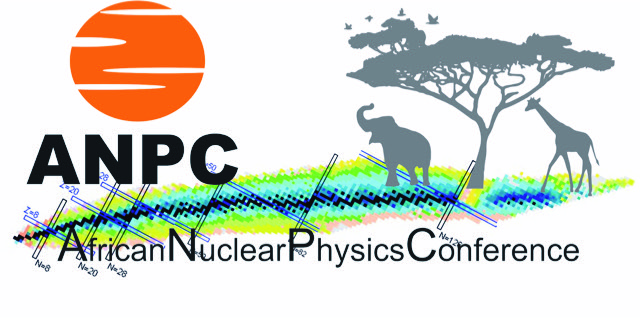Speaker
Description
The Bay Area Neutron Group (BANG) has developed and characterized a high-intensity neutron source facility at the 88-Inch Cyclotron of the Lawrence Berkeley National Laboratory. A variety of white neutron sources have been produced via deuteron breakup on thick beryllium and tantalum targets with incident deuteron energies from 16-33 MeV. Neutron energy spectra are measured with activation foils and time-of-flight techniques. A flux of ~10$^{7}$ n/cm$^2$/s at 5 m from a beryllium breakup target is achieved with a 10 μA, 33 MeV deuteron beam. Efficient physical collimation of the breakup source allows for a closely-packed geometry of gamma ray detectors otherwise sensitive to neutron damage such as high-purity germanium.
Double-time-of-flight techniques are used to characterize scintillator response functions down to neutron energies (<100 keV) not previously feasible. Time-correlated single photon counting is used to characterize scintillator light decay over long time scales and high dynamic range. The facility is also used to measure cross sections for medical radioisotope production and to gauge equipment and materials damage response to neutron irradiation.
Furthermore, the facility has been recently tasked to measure inelastic neutron scattering cross sections through the assembly of a Gamma-Energy Neutron-Energy Spectrometer for Inelastic Scattering (GENESIS). High-purity germanium detectors in coincidence with twelve or more neutron scintillators will detect characteristic gamma rays in coincidence with scattered neutrons to determine the d$^3$σ$_{inl}$/dE$_n$dE$_{n′}$dΩ triple-differential inelastic cross section of up to 50 MeV neutrons for a wide variety of nuclei. Additional support has recently been granted to use to measure short-lifetime independent fission fragment yields as well.
Work performed under the auspices of the U.S. Department of Energy by Lawrence Livermore National Laboratory under Contract DE-AC52-07NA27344.

